Birding in Suriname 5 - Pirates of the Caribbean
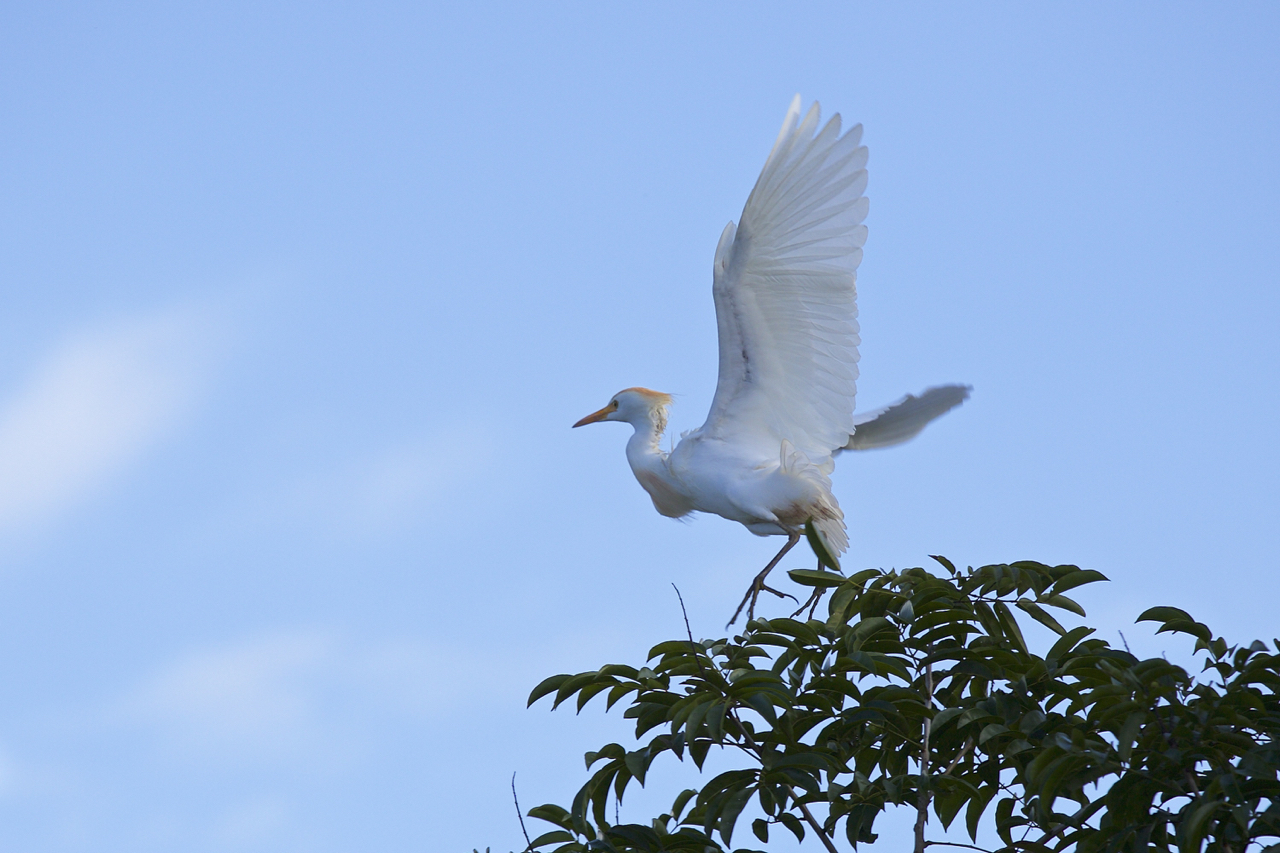
Welcome to another episode of Birding in Suriname. Last week was a successful week for spotting birds. I spotted 4 more birds and identified a few that I photographed before. That brings my total number of spotted birds on 54.
The bird in the thumbnail is a Cattle egret (Bubulcus ibis). Last week a few of them were seen close to our house. I was lucky enough to take this picture the moment it flew off. It starts to show its beautiful breeding outfit with the orange feathers on its head and breast.
One of the birds that I finally identified was the Little Blue Heron. It took so long because the bird in the thumbnail, as shown in the bird guide, was white. It’s also not little and not really blue either. This blue grey bird is 60 cm long and has a wingspan of over a meter. The young birds are white. They often mingle with the snowy egret. Apparently they catch more fish if they hang around the snowy egrets. The bird breeds in colonies, often with other herons.
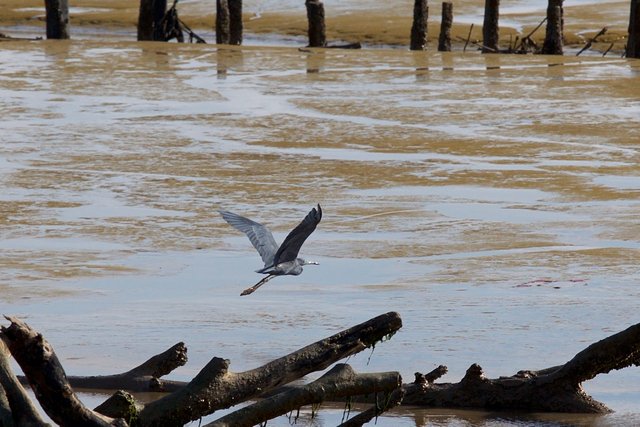
Little Blue Heron (Egretta caerulea)
Another shore bird that took me a while to identify is the Semipalmated Sandpiper. It’s actually one of the most common birds. Thousands flog together and it’s estimated that in March - April and in October - November 2 to 5 million birds stay in Suriname. It’s a migrating bird from North America.
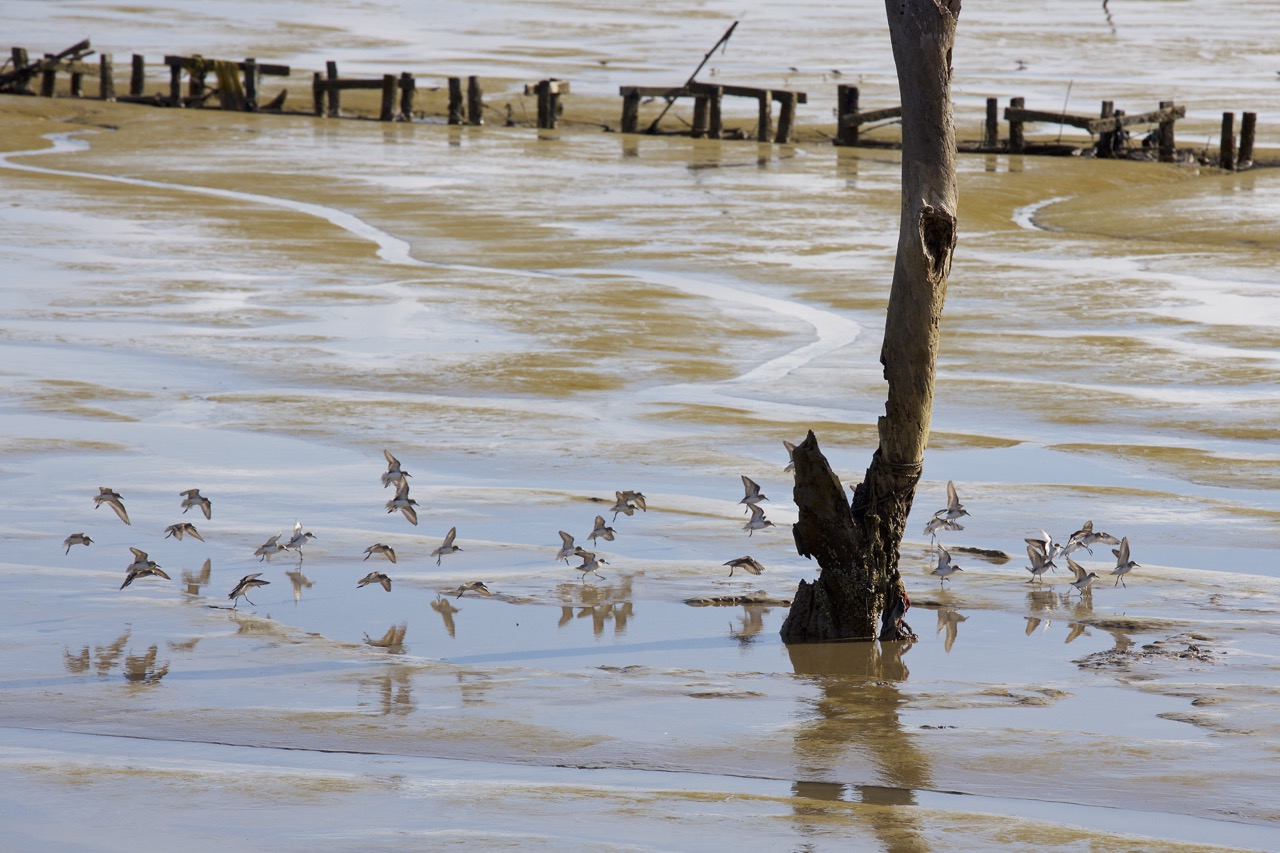
Semipalmated Sandpiper (Calidris pusilla)
This is the Black-crested Antshrike. It was yesterday morning that I saw both male and female together on the edge of the forest. They breed all year round and are often seen together. The birds feed on insects and small fruit like berries. Although quite common I haven’t seen it before.
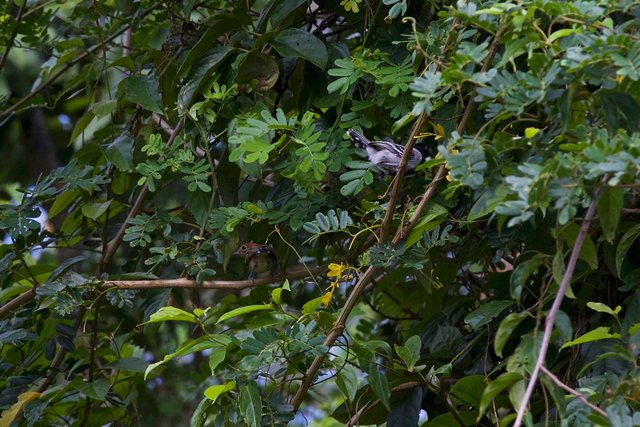
Black-crested Antshrike (Sakesphorus canadensis)
Living in the Caribbean, one might expect a few pirates. And sure enough, in the garden this little pirate can often been seen.
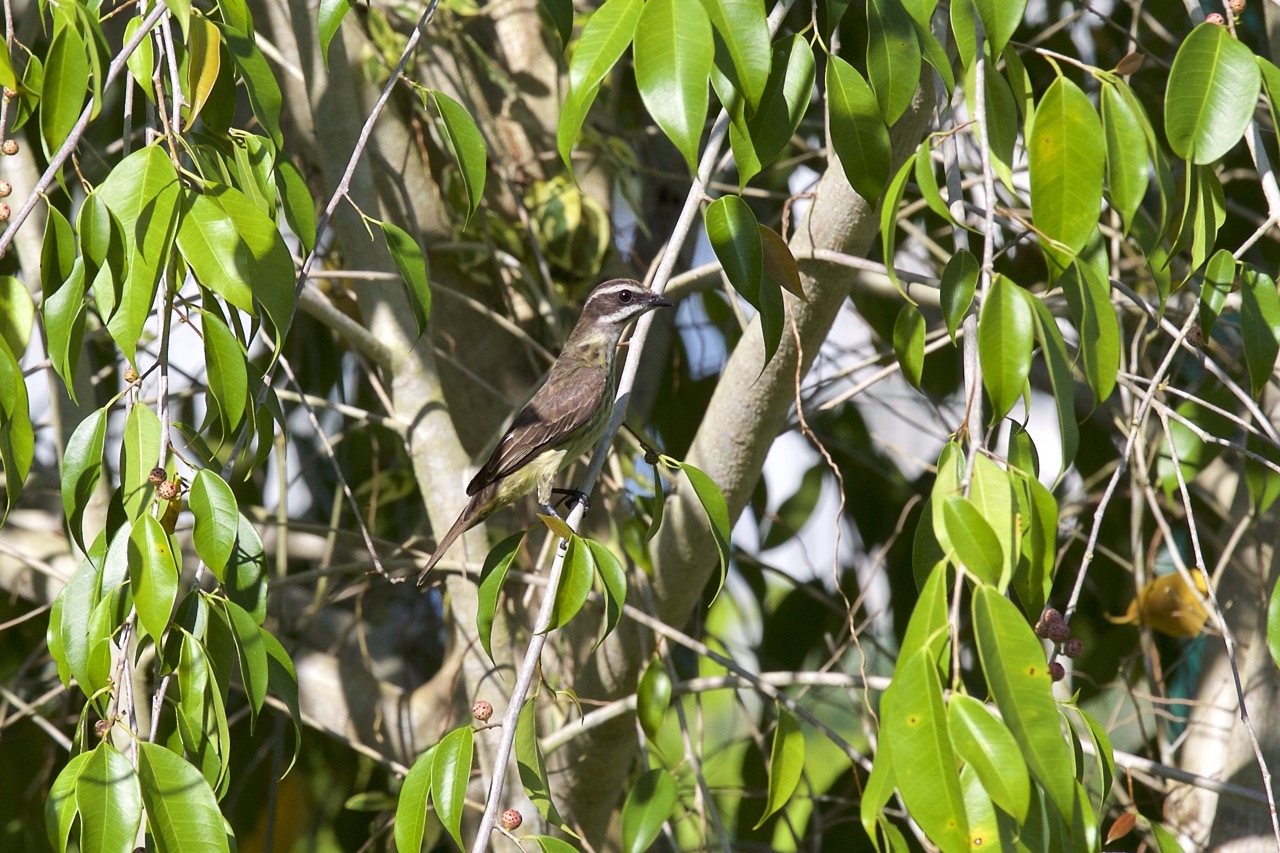
Piratic Flycatcher (Legatus leucophaius)
The Piratic flycatcher doesn’t build its own nest but takes over the nests of other birds. Usually from much bigger birds like the Crested Oropendola or the Yellow-rumped Cacique. Once their persistence has driven out the former owner of the nest the eggs will be removed and the piratic flycatcher will lay 2 to 4 eggs. Their main staple is fruit but also insects. The young are fed on insects.
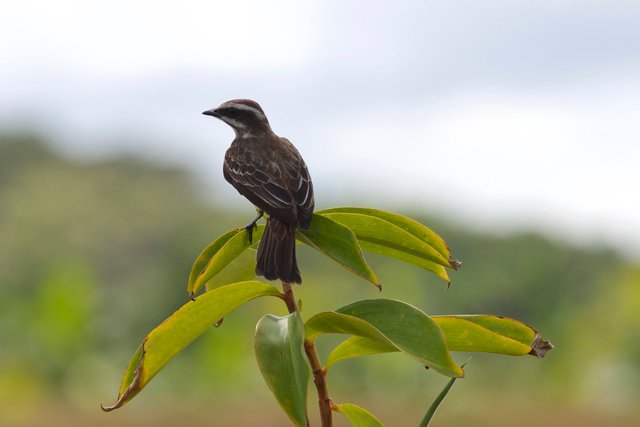
the woods would be very silent if no birds sang there
except those that sang best.”
Henry Van Dyke

When I photographed this bird I was not sure whether it was a male snail kite or another species. It was about a 100 metres away perching in the trees. It’s its cousin; the Slender-billed Kite. Another species added to the list. It feeds primarily on snails, the same as the snail kite. Both male and female are grey. The adults have yellow eyes that really stand out.
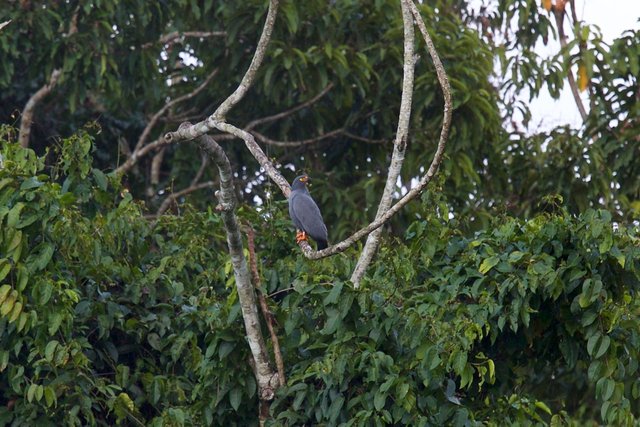
Slender-billed Kite (Helicolestes hamatus)
The snail kite can been seen regularly around our house nowadays. That was not the case when we just arrived here. Over the years many new canals have been dug in this area. A good breeding ground for the apple snail, Its main food source.
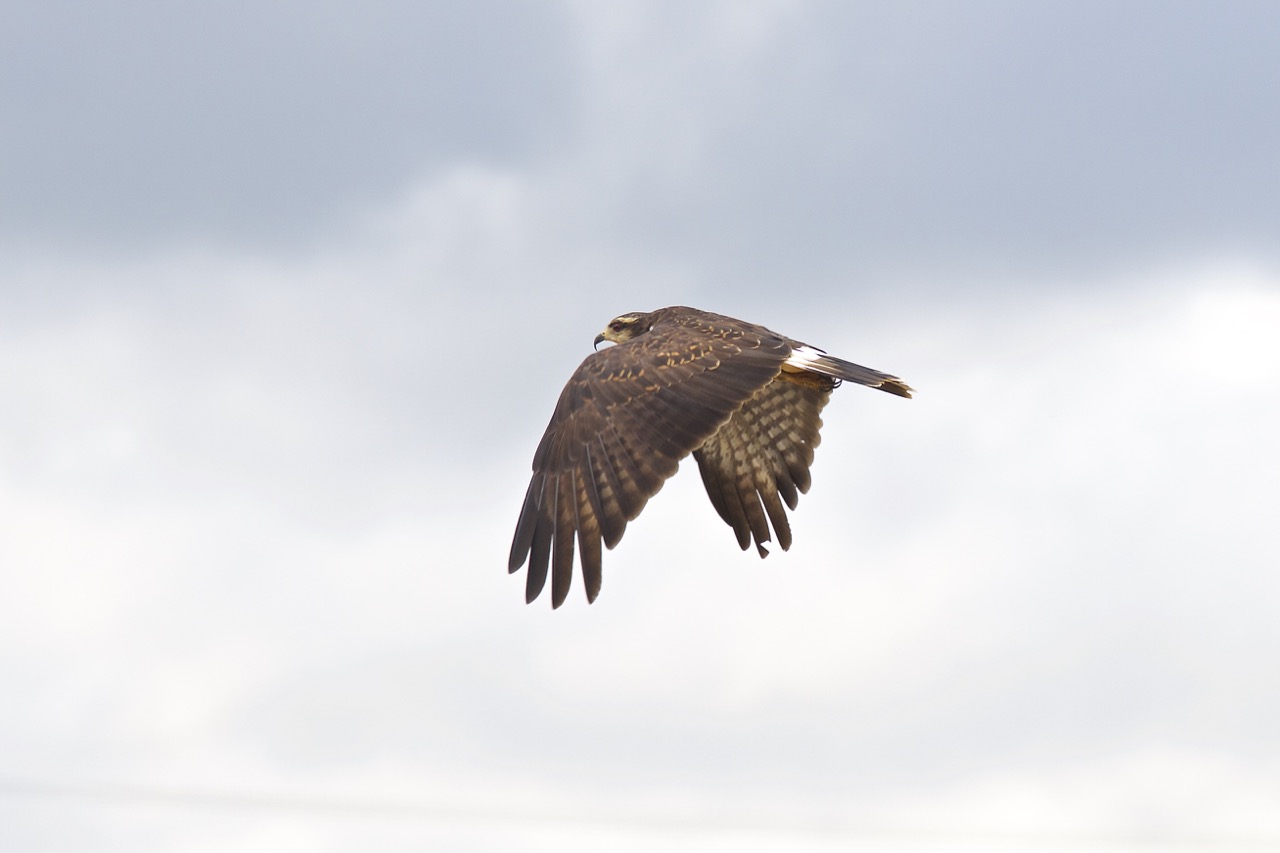
Snail kite (Rostrhamus sociabilis)
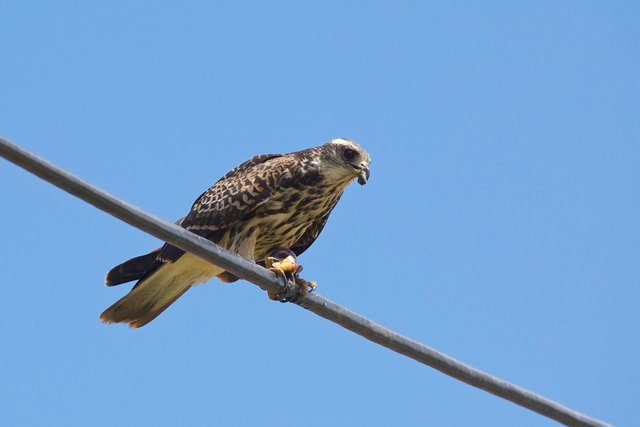
It flies slowly, low above the ground looking for snails. It catches them with its feet and will eat them perched on a fixed place with its specialised bill. It leaves the snail houses intact.
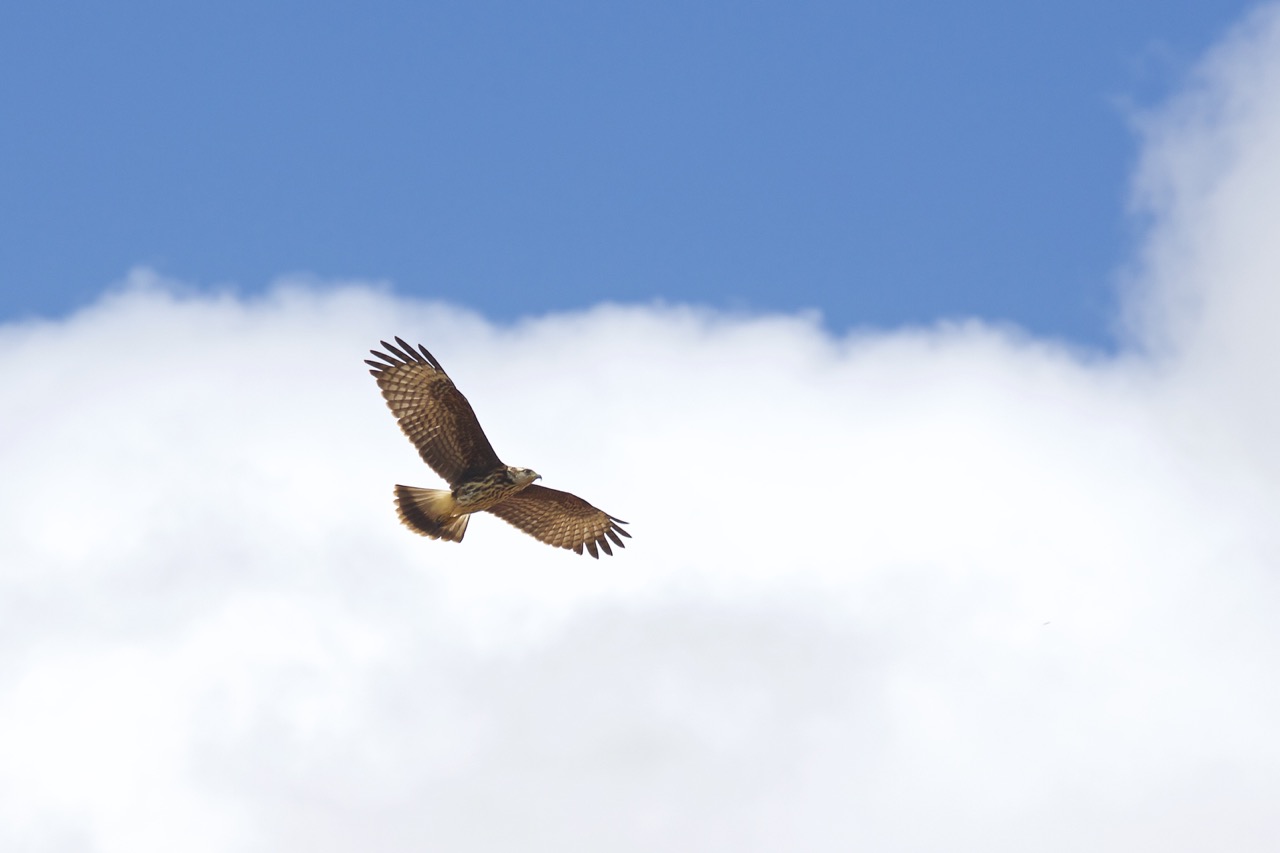
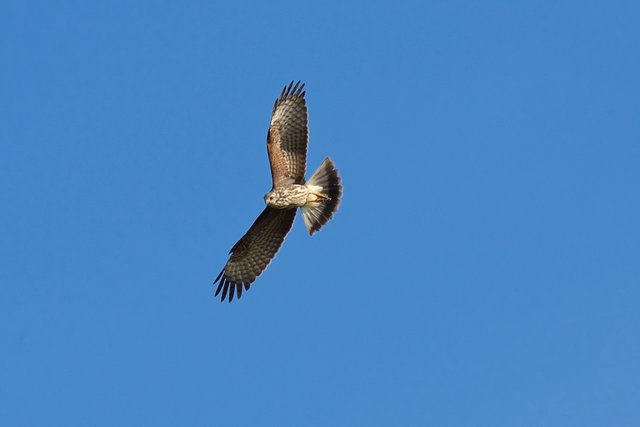
Last week I observed some interesting behaviour from the Blue-black Grassquit. I saw a male feeding its young. I tried to get a bit closer to snap a picture. The male immediately flew off warning the young to hide in the bushes, which she did. It then started to show his jumping display distracting me, a potential threat, from the young.
Here we see the young. It didn’t stay hidden in the bushes for long. It’s probably a female. The young are brown. The males turn black as they mature.
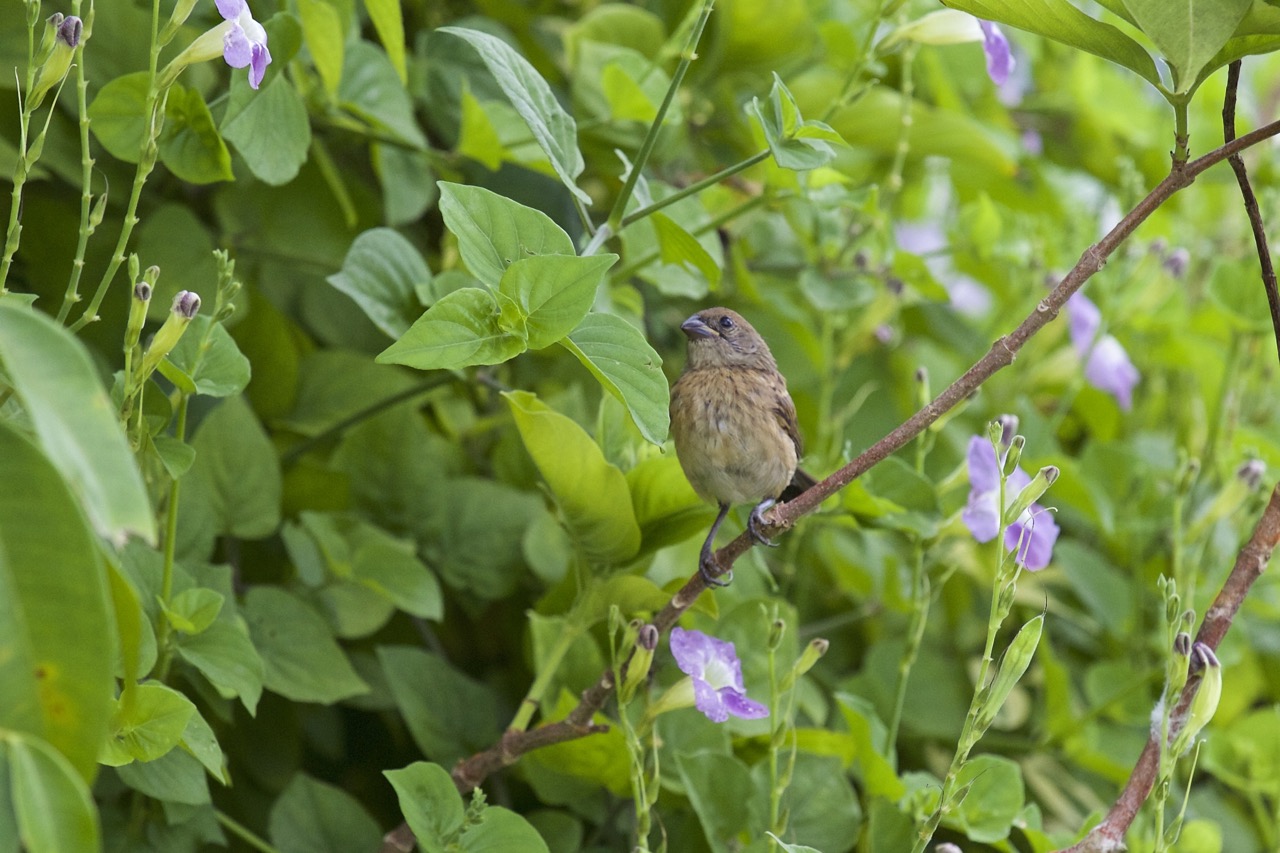
Blue-black grassquit (Volatinia jacarina)
Here we see the two birds together. They are one of the most common species in Suriname.
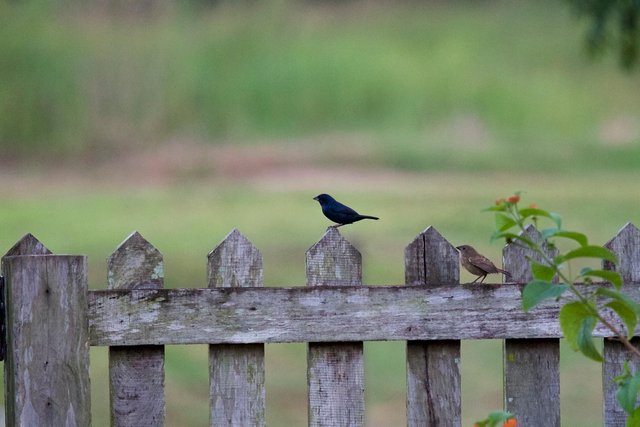
Another bird that distracts intruders from its young is the Red-breasted Meadowlark. This bird can often been seen showing off his flashy red breast. I still haven’t photographed the female which always hides in the fields.
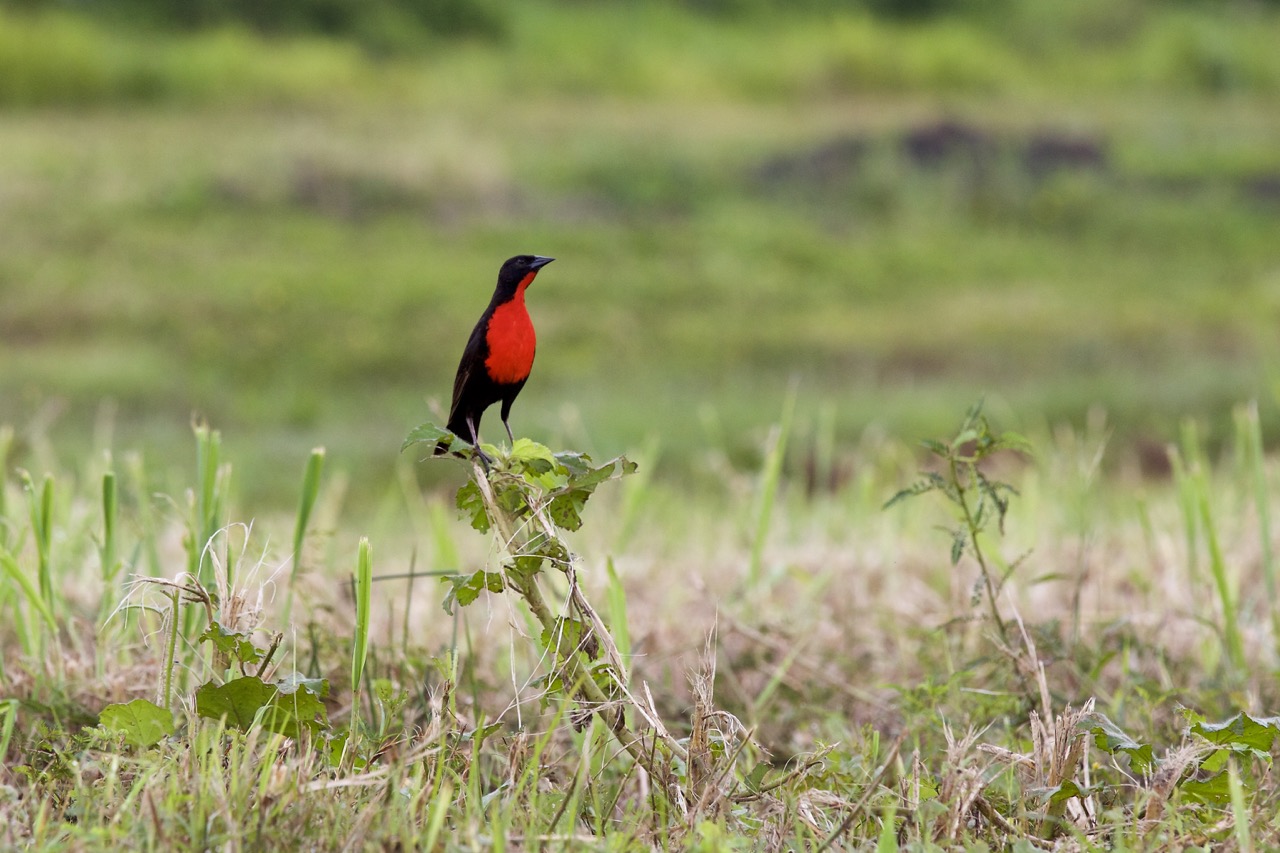
Red-breasted Meadowlark (Sturnella militaris)
The Yellow-chinned Spinetail visited our garden a second time. In this picture one can see the slightly yellowish chin.
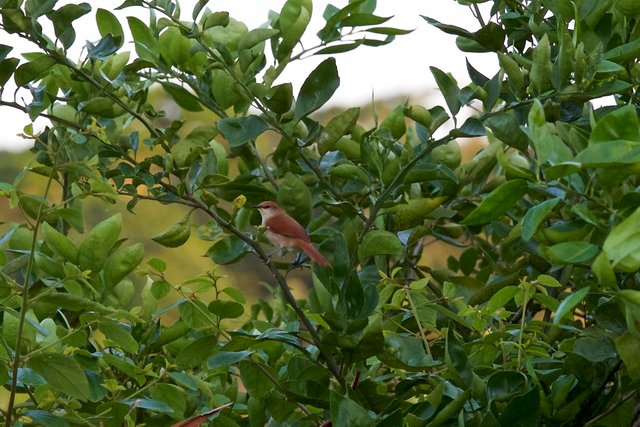
Yellow-chinned Spinetail (Certhiaxis cinnamomea)
I want to end this post with a few nice pictures I took last week.
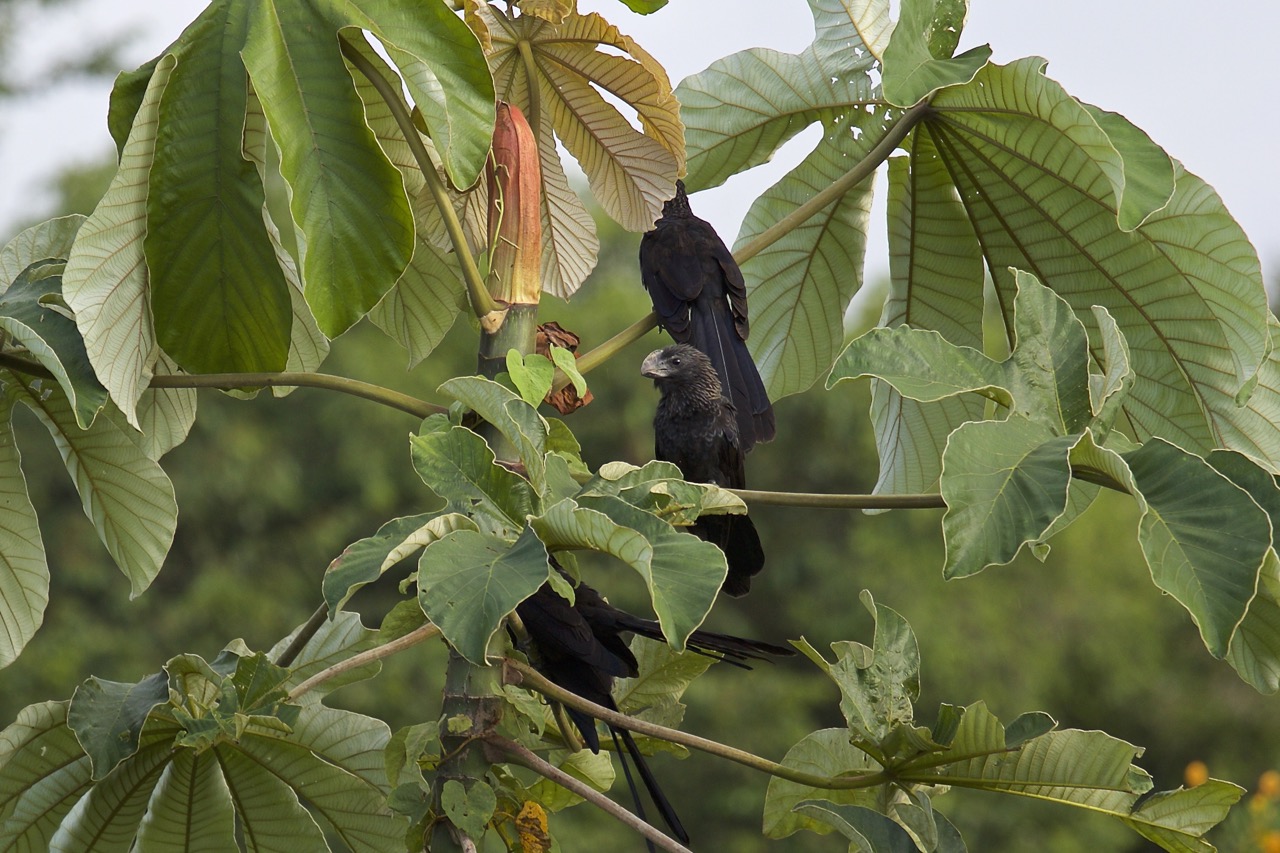
Smooth-billed Ani (Crotophaga ani)
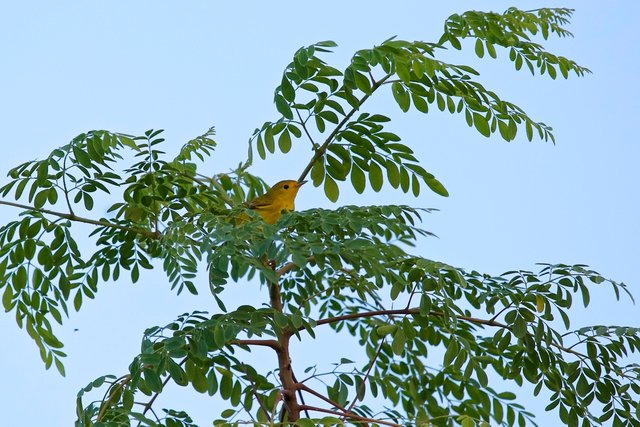
Yellow Warbler (Setophaga petechia)
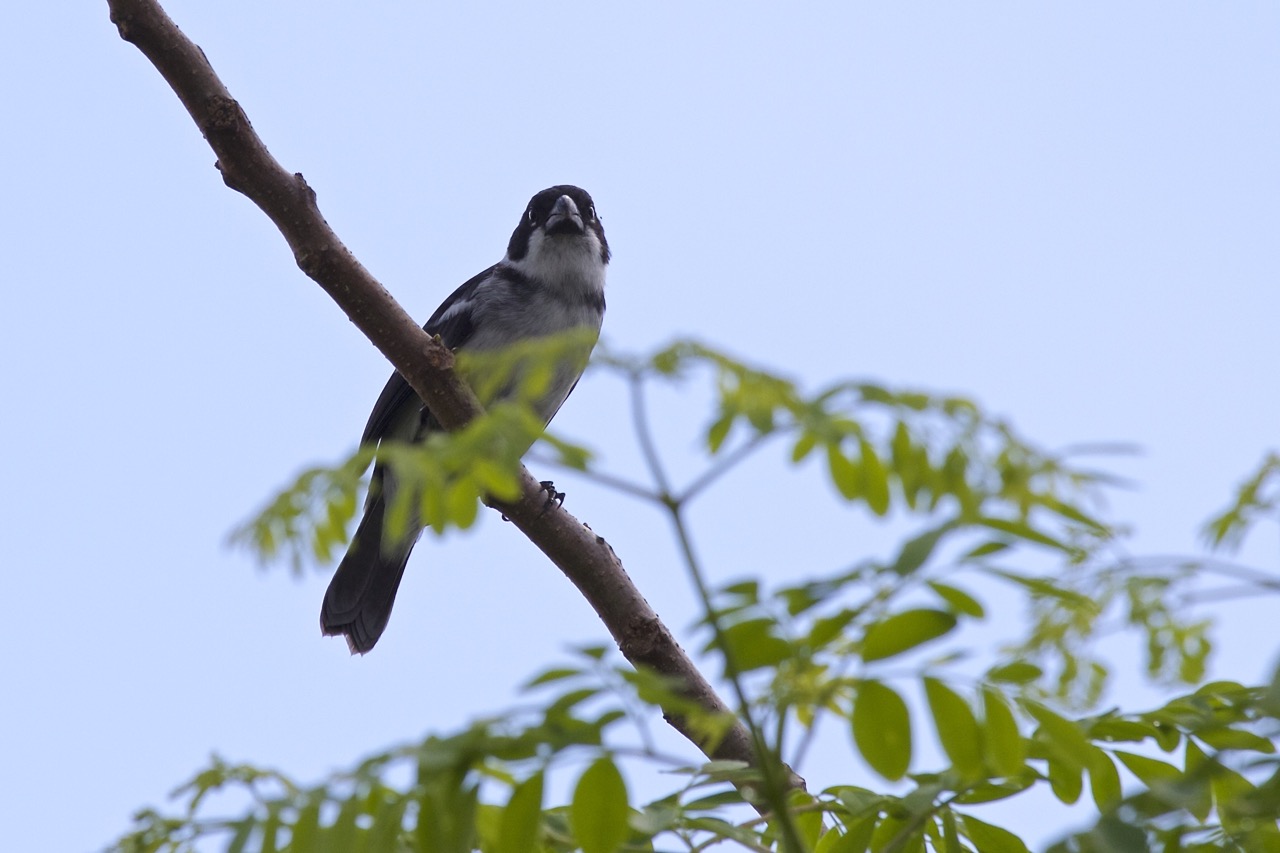
Wing-barred Seedeater (Sporophila Americana)
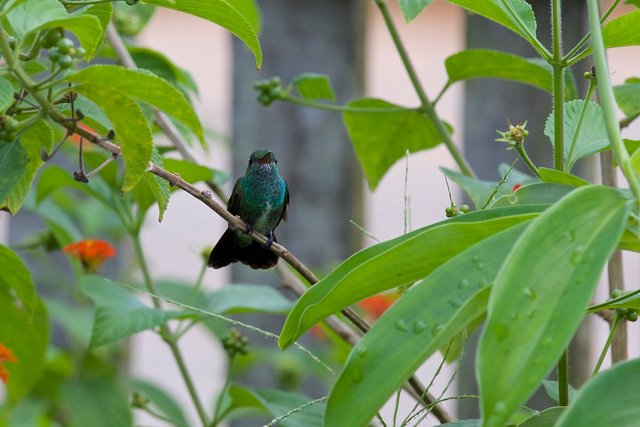
Glittering-throated emerald (Amazilia fimbriata)
Now we know why it's called a Glittering-throated emerald.
Thank you for reading my post. I hope you enjoyed the birds and that you will join me next week for another episode of Birding in Suriname.
Much love,
Gardenbsquared

WOW, lots of great birds! I love the Red-breasted Meadowlark! Great post!
Thank you very much. Yes, it's a real beauty. Very cool looking bird.
Beatiful birds and greatin informations
Thank you. I'm glad you liked it.